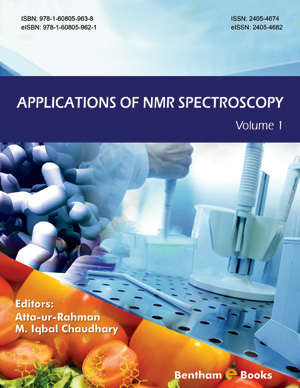Abstract
In the past, no one believed that polymers could prove to be effective Light-
Emitting Diodes (LEDs). Very few research groups understood that the polymer light
displayed semiconducting and electrical properties. However, it has been observed that
the polymer LEDs can be used in many larger display arrays as they show mechanical
flexibility and can be processed easily. The different polymers can be synthesised using
reactive organic compounds, called monomers, which consist of a minimum of two
functional groups. In this review, the researchers described a synthesis route for many
organic monomers which can be converted to form LEDs. They have detailed the
development of the polymers right from their inception. Furthermore, this review
described the major mechanism related to light emission and all relevant problems
associated with colour tuning. After investigating the polymer LEDs, the researchers
noted that various light colours could be emitted efficiently, with uniformity and
brightness. The colour of this emitted light was dependent on the band gap of π-π
transition, which seem to be the function of the structure of the polymer. Hence, any
modification could affect the band gap and the colour that was emitted. For developing
efficient PLEDs, many factors were considered, like stable radiative transitions for the
singlet excitons, balance of electrons and holes and light extraction. It was seen that the
fabrication of phosphorescence emitters using the triplet-triplet energy transfer
approach was an effective strategy for obtaining a high-efficiency luminescence. This
review also highlighted the main routes for the fabrication and processing of the
devices.
Keywords: Colour tuning, Conjugated polymers, LED device, Organic LED, Polymeric LEDs.






















